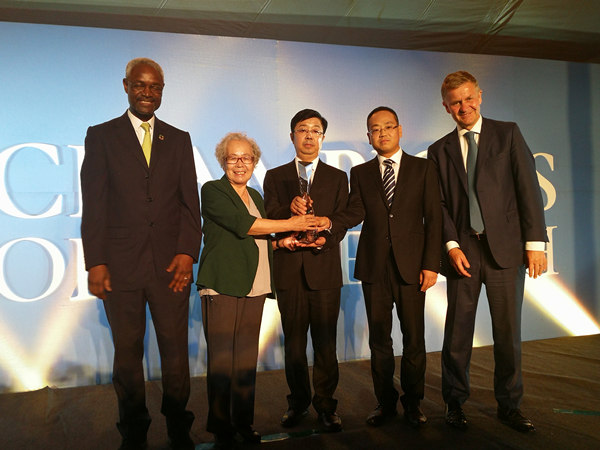

Art reflects the richness of a civilization, both past and present. For countries with long histories such as China, art is not only a cultural heritage but also a source of national pride and identity.
What better illustrates the 5000-year-old richness of China's civilization than its bronzes, porcelain, paintings, and jade sculptures? What speaks to the refinement of ancient Egypt more than the exquisite bust of Queen Nefertiti? What denotes ancient Greece more than the magnificent Parthenon marbles?
Unfortunately, these cultural icons - many acquired, or plundered, during years of war and imperial expansion, - are no longer in their countries of origin - but fill Western museums and art collections.
Increasingly, these treasures are becoming a source of contention as their countries of origin are now demanding their patrimony back.
Cambodia has been outraged by the sale of its ancient temple pieces on EBay. Peru has taken Yale University to court over Incan artifacts taken a century ago from the mountain citadel of Machu Picchu. Egypt would like the return of its magnificent obelisks, and Greece has been demanding that the British Museum return the Parthenon marbles, known as the Elgin Marbles after the man who took them 200 years ago.
Recently, the auction of two bronze animal heads looted when British and French troops ransacked Beijing's Old Summer Palace in 1860 raised a furor in China. China objected, but was unable to stop the auction at Christie's.
Who has the right to own the cultural heritage of a nation?
Museums and collectors abroad maintain they have a legal right to these treasures. The British Museum has refused to return the Elgin marbles to Greece on these grounds, saying that they are part of the world's heritage and are best displayed in London. They and others stake their claim on a 1970 UNESCO protocol which was intended to thwart the theft of art and antiquities and which does not cover artifacts that appeared on the market before 1970.
Further, these museums and collectors argue that there was no international law on looted or stolen articles at the time that they were looted in the 19th Century. But current international law has failed to keep pace with changing global views about repatriation of stolen antiquities.
Rising sensitivity about looted treasures in recent years has led some museums and collectors - the J. Paul Getty Museum in Los Angeles, New York's Metropolitan Museum of Art and Boston's Museum of Fine Arts to hand some of the artifacts back to Greece and Italy.
More than a million of China's artifacts are scattered around the world in some 200 museums in 47 countries. In recent years, Chinese groups and wealthy individuals have sought to buy back some of these treasures.
But it is not enough. No one denies that these treasures were stolen. All the legal whitewash in the world will not remove the stain from the artifacts that have been taken from their rightful owners and peddled abroad.
The question is what to do about it. Collectors are understandably loath to part with the treasures for which they have paid vast sums. Museums don't want to give up treasures that are their raison d'etre.
But the issue here is larger than the self-interest of these individuals and institutions. The bronzes stolen from the Old Summer Palace belong to China. They are part of China's cultural heritage. China has a moral claim. They ought to be returned.
(China Daily 04/13/2009 page2)













